In March 2025, the price of rice in Tokyo skyrocketed by about 90% compared to the same period last year, a sudden increase that has not only consumers but also policymakers in Japan concerned about food security and economic stability. This has caused far-reaching impacts not only on the consumer price index (CPI) but also on inflation in Japan. The following article will analyze the causes of this price increase, assess its impact on the Japanese economy and draw lessons for the Vietnamese food market.
 |
| In March 2025, rice prices in Tokyo skyrocketed about 90% compared to the same period last year. Illustrative photo |
Reasons for the spike in rice prices in Tokyo
The sharp increase in rice prices in Tokyo in March 2025 can be explained by four main reasons:
First , poor harvests due to adverse weather conditions: One of the main causes of the rice shortage is climate change. In the summer of 2023, Japan experienced record high temperatures, with the average temperature from June to August being about 1.76°C higher than the 1991-2000 average. This led to reduced rice yields in major rice-growing areas such as Niigata and Akita, with a severe reduction in rice quality.
Specifically, in Niigata Prefecture, only 5% of Koshihikari rice production was of first-class quality in 2023, down sharply from 80% the previous year. In addition, farmers in Kamimomi Village said that unusually high temperatures reduced the moisture content of rice grains, causing them to become smaller and thinner, affecting quality.
These changes not only affect productivity, leading to reduced supply and higher prices in the market, but also lead to a decline in rice quality. In response, the Japanese government has stockpiled rice and encouraged farmers to switch to growing heat-resistant rice varieties to cope with climate change.
Second, increased consumption demand from tourism: The strong recovery of the tourism industry after the COVID-19 pandemic has boosted the number of foreign tourists coming to Japan, increasing the demand for rice consumption at restaurants and food service establishments. After Japan completely lifted entry restrictions, the tourism industry has recovered strongly.
The number of international visitors to the Japanese market in March 2024 exceeded 3 million, and total tourist spending in the period from January to March also reached a record high. Specifically, in August 2023, Japan welcomed about 2.16 million foreign visitors, reaching 85.6% compared to the same period in 2019 before the pandemic.
Third, hoarding and speculation in the supply chain: One factor that cannot be ignored is speculation in the rice supply chain. Distributors and retailers have been holding back goods in anticipation of higher prices. This has led to an artificial shortage, which has increased rice prices, despite a small decrease in rice production. This speculation has made the shortage even more severe.
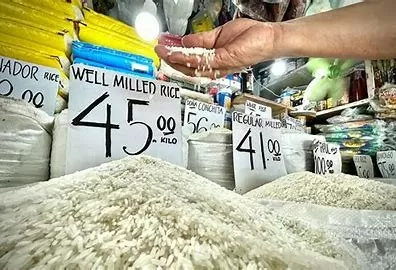 |
| Hoarding and speculation in the supply chain are also responsible for the spike in rice prices. Illustrative photo |
Fourth, the policy of reducing arable land area: According to the Mainichi Shimbun (Japan), Mr. Kazuhito Yamashita, a former official at the Japanese Ministry of Agriculture, Forestry and Fisheries and research director at the Canon Institute for Global Studies, the underlying reason for the rice shortage is the policy of reducing arable land area, reducing the amount of land available for cultivation.
Under the land-reduction policy, rice production was reduced to increase market prices and the government subsidized rice farmers to switch to other crops such as wheat or soybeans. This policy has been in place for more than 50 years and originated from the "Just in Time" culture that made Toyota and the Japanese car industry successful.
Impact on CPI and Inflation in Japan
The sharp rise in rice prices contributed significantly to the increase in the core CPI in Tokyo. Specifically, the core CPI excluding fresh food rose 2.4% in March 2025 compared to the same period last year, exceeding the market's median forecast of 2.2%. The increase was mainly due to a sharp increase in food prices, especially rice. This poses a challenge for the Bank of Japan (BOJ) in maintaining appropriate monetary policy to control inflation and support economic growth.
According to Reuters - one of the world's largest and most prestigious international news agencies, the cost of rice, Japan's staple food, increased by 92.4% in March, the largest increase since 1976, signaling the pain that households are suffering from rising living costs.
Services sector inflation rose to 0.8% in March, from 0.6% in February, thanks in part to a 1.1% rise in rents, the highest annual increase since 1994.
The Bank of Japan ended its decade-long stimulus program last year and raised short-term interest rates to 0.5% in January, saying Japan was on the verge of sustainably achieving its 2% inflation target.
Bank of Japan (BOJ) Governor Kazuo Ueda said the BOJ will continue to raise interest rates if wage growth continues to support consumption and allows companies to raise prices, thereby maintaining stable inflation around the 2% target.
Open lessons for Vietnam
As rice prices in Tokyo skyrocket, a series of serious food security and economic consequences have emerged, not only in Japan but also showing potential vulnerabilities in global food supply chains. This scenario is a wake-up call not only for developed economies like Japan but also for major rice-producing countries like Vietnam. Lessons from Tokyo can be applied practically to ensure the stability of the food market and avoid "rice hunger" in the future.
First , strengthen climate risk forecasting and management: Climate change is a major factor leading to rice shortages in Japan, and Vietnam cannot stand aside when facing this challenge. Especially in the Mekong Delta, Vietnam's main rice-growing region, salinity intrusion, drought and extreme weather events are becoming more common.
Therefore, Vietnam needs to invest in an accurate and timely weather forecasting system to provide information to farmers, helping them to proactively respond to unusual conditions. At the same time, the development of drought-, salinity- and pest-resistant rice varieties needs to be promoted to minimize the impact of climate change and protect domestic rice supplies.
Second, build and effectively manage national food reserves: The lesson from Japan is that rice shortages come not only from reduced production but also from a lack of national food reserves.
To avoid this situation, Vietnam needs to build and maintain an effective national rice reserve system to ensure there is no shortage of rice in emergency situations. The government needs to have a transparent strategy for replenishing and releasing reserves to stabilize rice prices, avoiding speculation and artificial scarcity. In addition, it is necessary to develop a flexible distribution system that can adjust supply promptly when the market fluctuates significantly.
Third , control speculation and price manipulation in the supply chain: An important factor causing the sharp increase in rice prices in Japan is speculation in the supply chain, leading to artificial scarcity.
Vietnam needs to strengthen supervision and inspection of rice trading activities to prevent speculation and hoarding of rice to manipulate prices. Authorities must implement strict measures to ensure the rice market operates transparently and fairly, helping consumers and farmers not suffer losses due to unhealthy practices.
Fourth , diversify export markets and develop processed rice products: Vietnam is one of the world's largest rice exporting countries, but still depends heavily on raw rice exports. This makes the Vietnamese rice market vulnerable to global price fluctuations.
To mitigate this risk, Vietnam needs to diversify its rice export markets and develop processed rice products such as vermicelli, pho, rice cakes and others. This will not only increase export value but also help reduce dependence on raw rice prices, creating a sustainable value chain for the rice industry.
Fifth , improve production capacity and product quality: To maintain stability and sustainable development for the rice industry, Vietnam needs to invest in advanced production technology, improve cultivation and post-harvest processes to improve productivity and product quality.
By applying new farming technologies, such as smart fertilizer use, water-saving irrigation and environmental protection, Vietnam can minimize the impact of climate change while improving the quality of exported rice. Improving quality not only helps increase product value but also strengthens the position of Vietnamese rice in the international market.
| The sudden increase in rice prices in Tokyo is an important warning for Vietnam about the importance of effectively managing the rice supply chain and ensuring national food security. Learning from Japan’s experience and applying appropriate measures will help Vietnam maintain a stable food market, protect the interests of consumers and farmers, and build a sustainable and developed agricultural economy. |
Source: https://congthuong.vn/khung-hoang-gao-o-nhat-ban-viet-nam-hoc-duoc-gi-380986.html




![[Photo] Comrade Khamtay Siphandone - a leader who contributed to fostering Vietnam-Laos relations](https://vstatic.vietnam.vn/vietnam/resource/IMAGE/2025/4/3/3d83ed2d26e2426fabd41862661dfff2)
![[Photo] Prime Minister Pham Minh Chinh receives Deputy Prime Minister of the Republic of Belarus Anatoly Sivak](https://vstatic.vietnam.vn/vietnam/resource/IMAGE/2025/4/2/79cdb685820a45868602e2fa576977a0)
![[Photo] General Secretary To Lam receives Russian Ambassador to Vietnam](https://vstatic.vietnam.vn/vietnam/resource/IMAGE/2025/4/2/b486192404d54058b15165174ea36c4e)
![[Photo] Prime Minister Pham Minh Chinh receives CEO of Standard Chartered Group](https://vstatic.vietnam.vn/vietnam/resource/IMAGE/2025/4/2/125507ba412d4ebfb091fa7ddb936b3b)










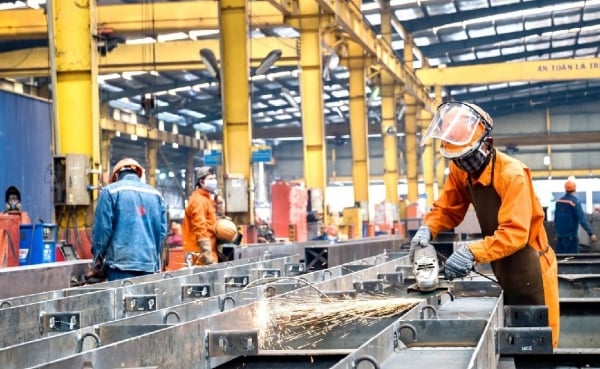
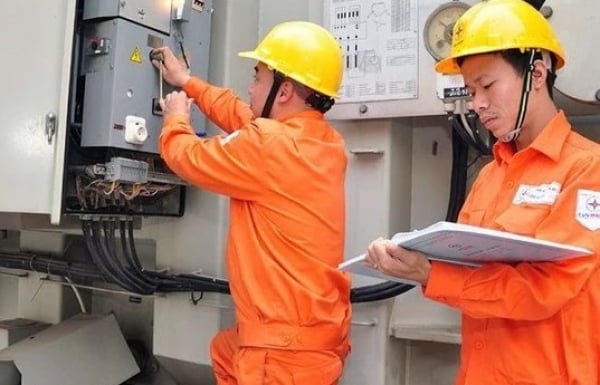

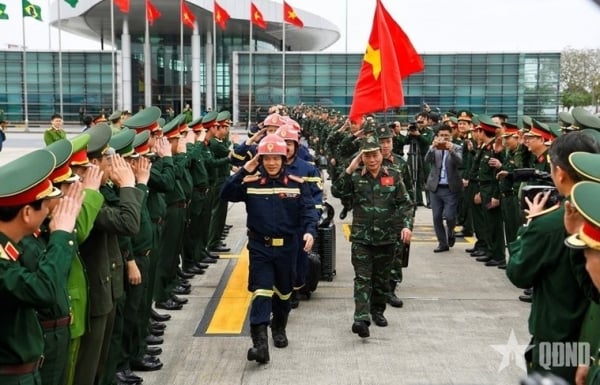

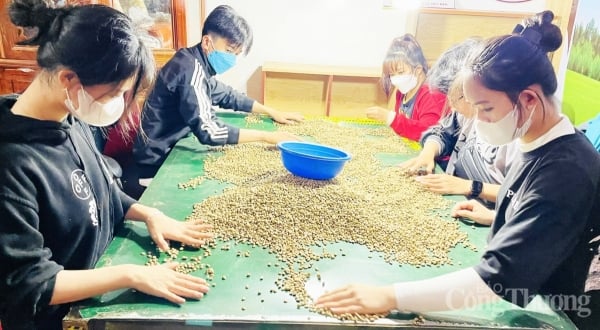
















































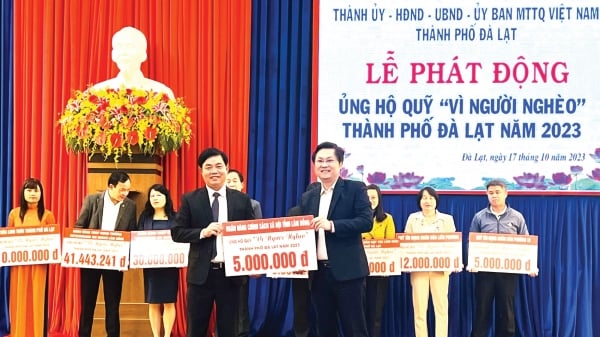



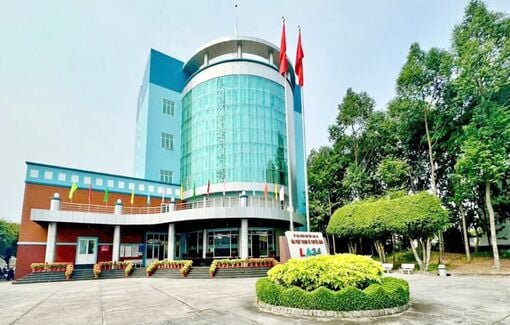

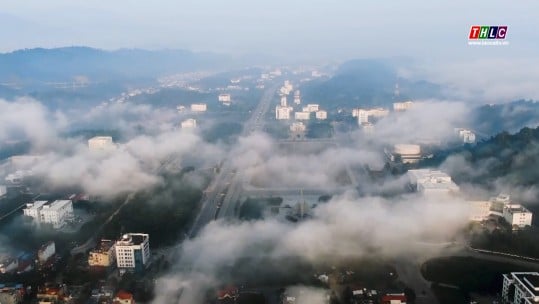











Comment (0)